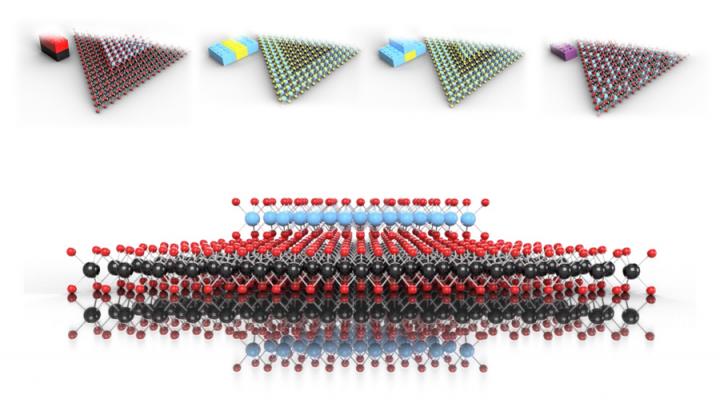
Nanoscientists at Northwestern University have developed a blueprint to fabricate new heterostructures from different types of 2-D materials. The researchers describe their blueprint in the Journal of Applied Physics. In this image: Top: Vertical MoSe2-WSe2 heterostructure, radial MoS2-WS2 heterostructure, hybrid MoS2-WS2 heterostructure and Mose2-WSe2 alloy building block representations and crystal structure models Bottom: Vertical MoSe2-WSe2 heterostructure crystal structure model
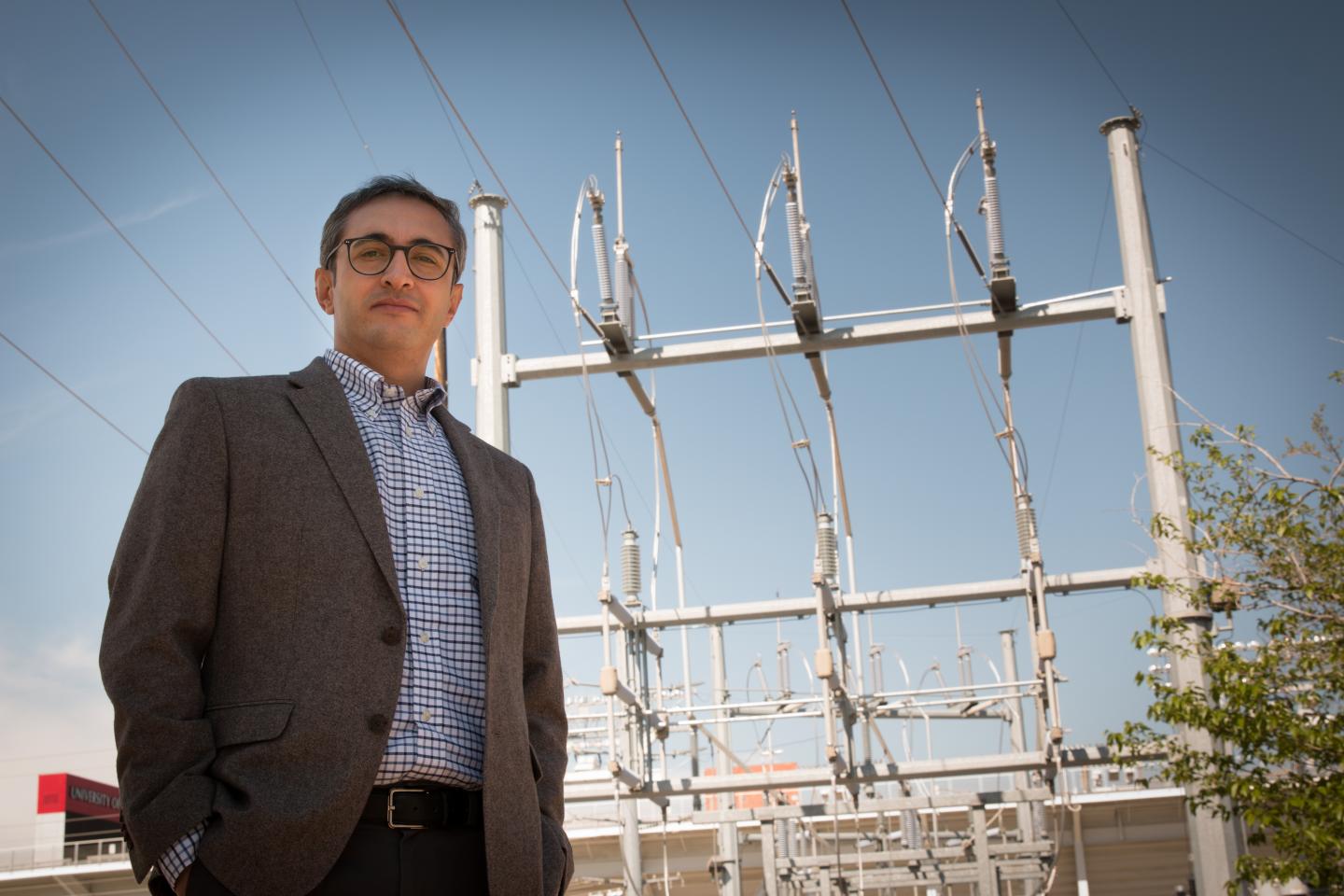
University of Utah electrical and computer engineering assistant professor Masood Parvania has received a $2 million grant from the Office of Naval Research to build a new laboratory and develop technology that would help communities get their power back online faster in the wake of a natural disaster or cyberattack.
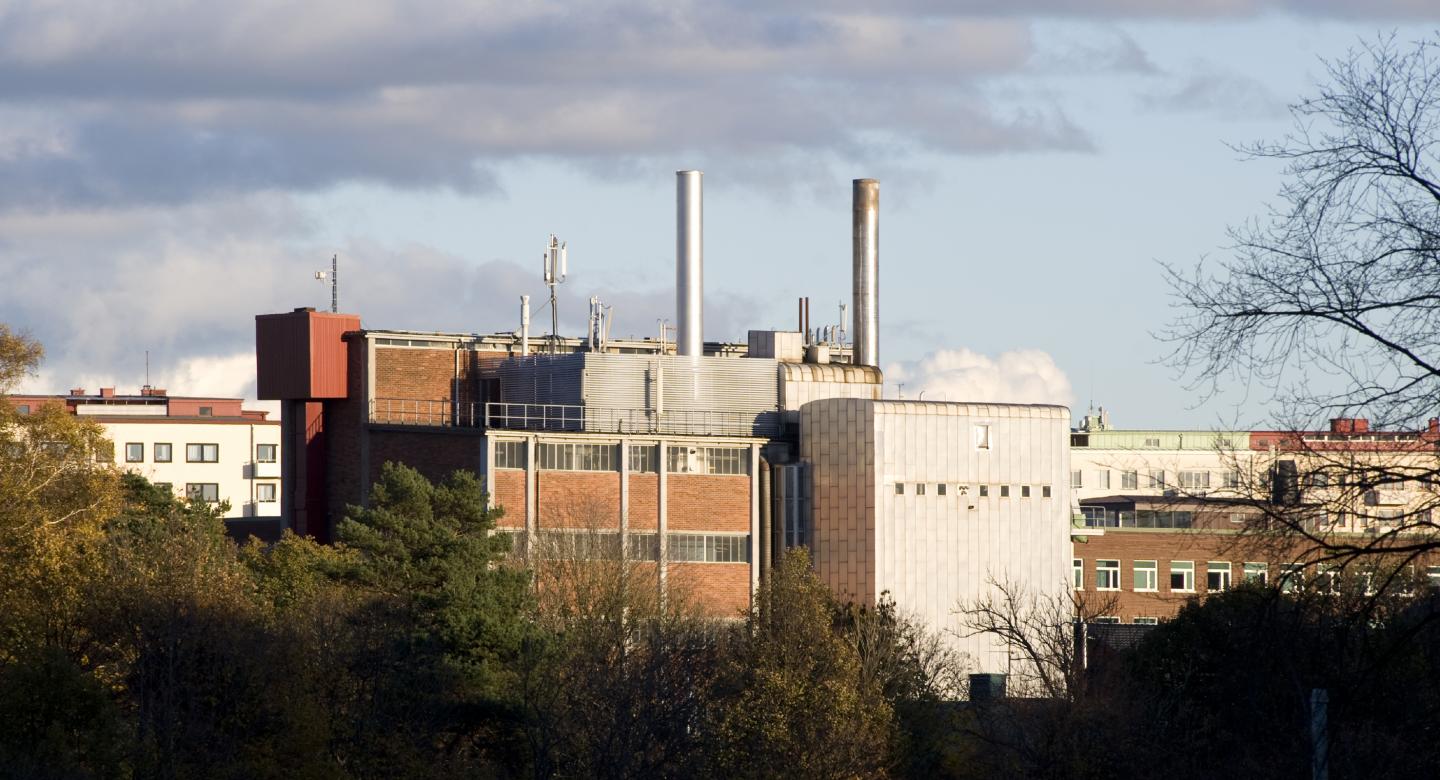
The combustion boiler in the Chalmers Power Central was converted to a gasifier in 2007. Since then, more than 200 man-years of research have been devoted to gasification technology. The power central produces district heating and cooling that covers Chalmers University of Technologys' entire needs. The first boilers in the power central were built in 1947.
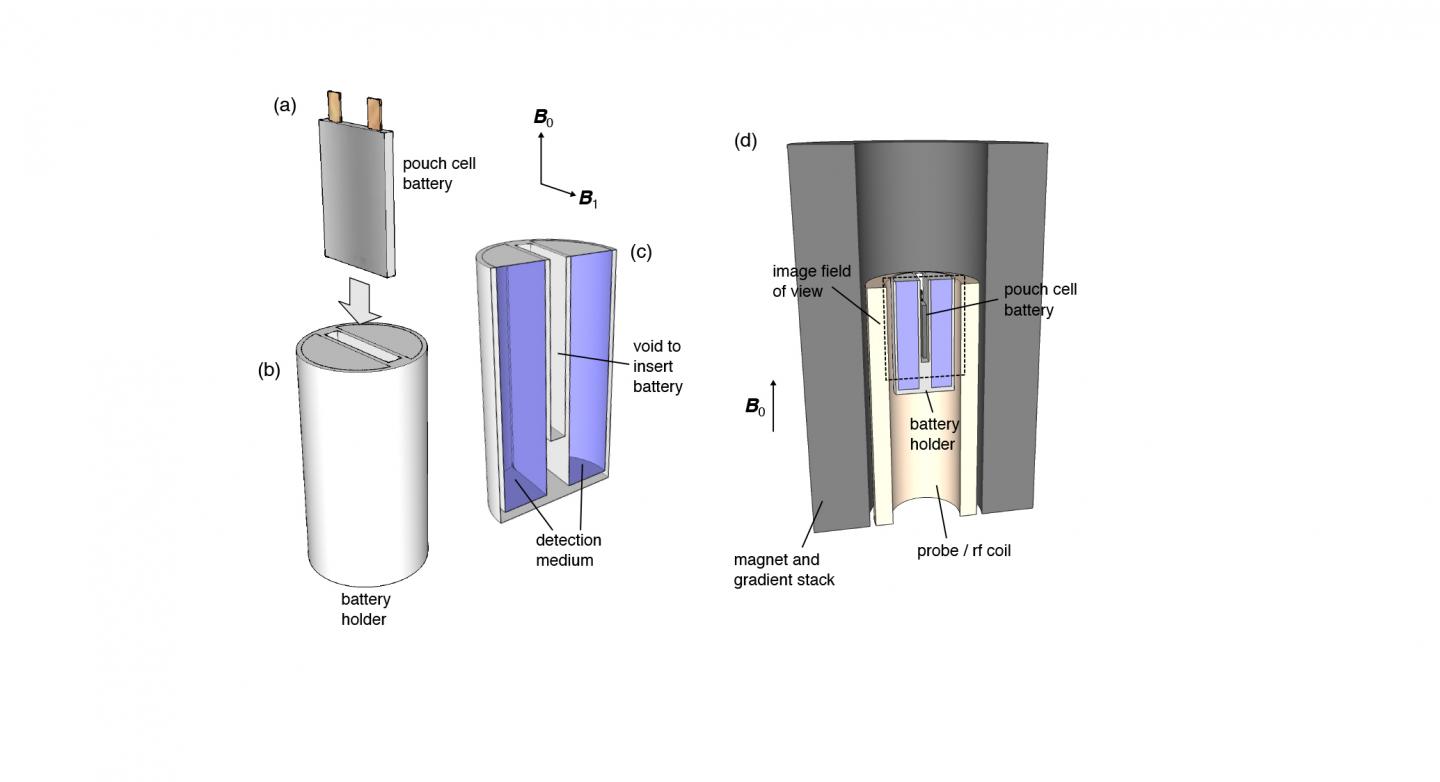
A team of chemists has developed an MRI-based technique that can quickly diagnose what ails certain types of batteries -- from determining how much charge remains to detecting internal defects -- without opening them up. Above is an illustration of measurement setup showing the cell and the holder with the detection medium (water in this case), and (d) showing both inserted within the magnet bore of an NMR magnet.
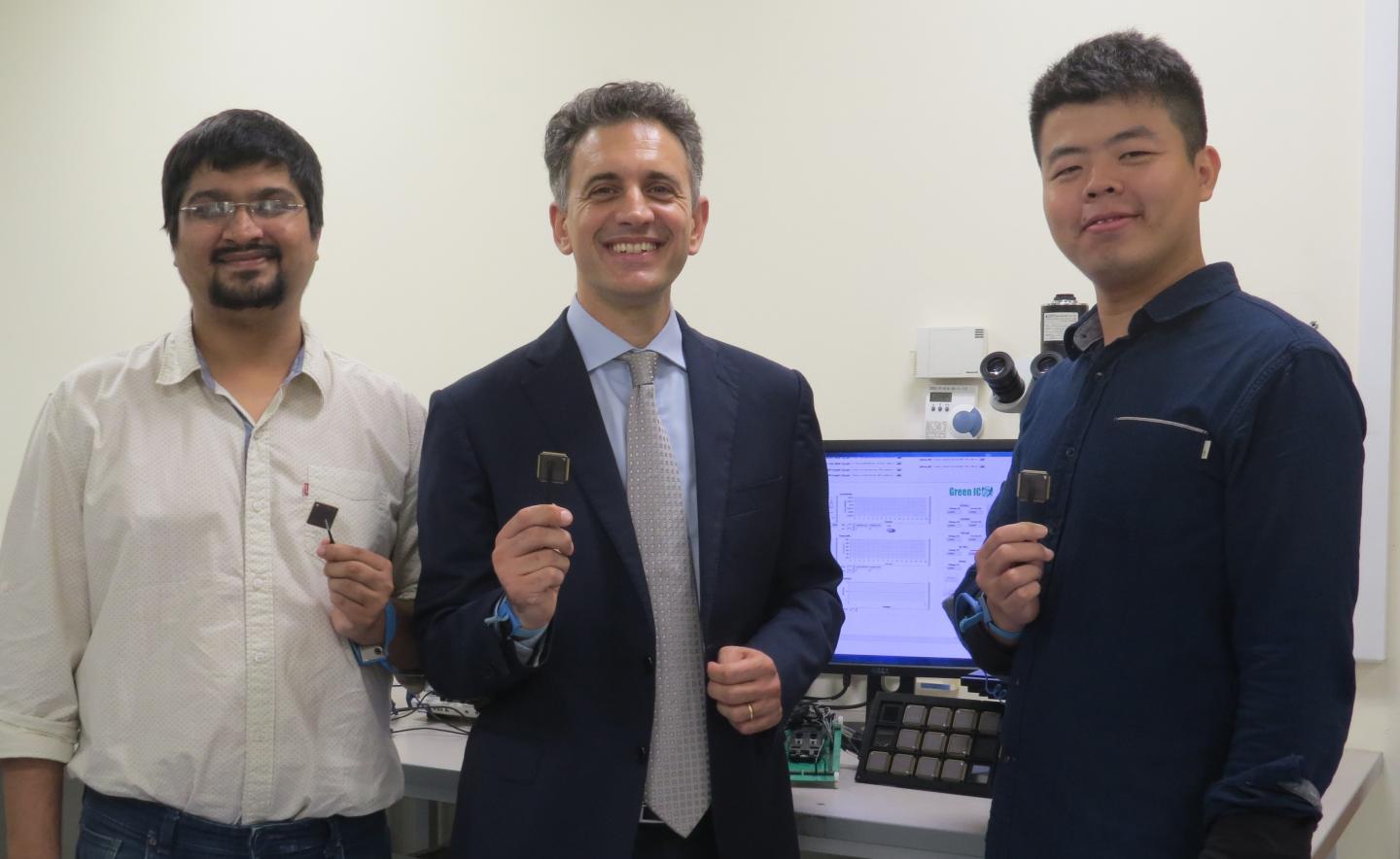
BATLESS, a smart microchip developed by a team of researchers led by Associate Professor Massimo Alioto (center) from National University of Singapore's Faculty of Engineering, can self-start and continue to operate even when the battery runs out of energy. This novel technology could enable smaller and cheaper Internet of Things (IoT) devices.
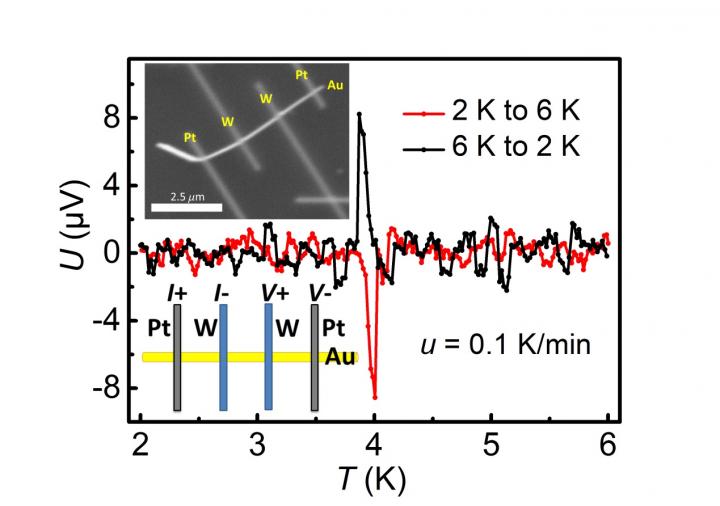
Non-local transport measurements reveal a novel voltage peak at superconducting transition temperature in gold nanowire with superconducting W electrodes. The voltage peak appears when cooling the sample across Tc, while the peak turns into dip in the warming process. Upper inset, a scanning electron microscope image of Au nanowire contacted by two superconducting W compound electrodes in the middle and two normal Pt electrodes at the ends. Lower inset, configuration of electrodes. In fact, the detected peak is irrelevant to the current, and similar phenomena can be observed even in the absence of current.